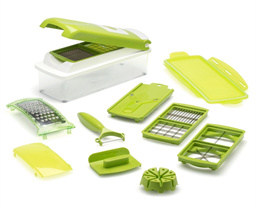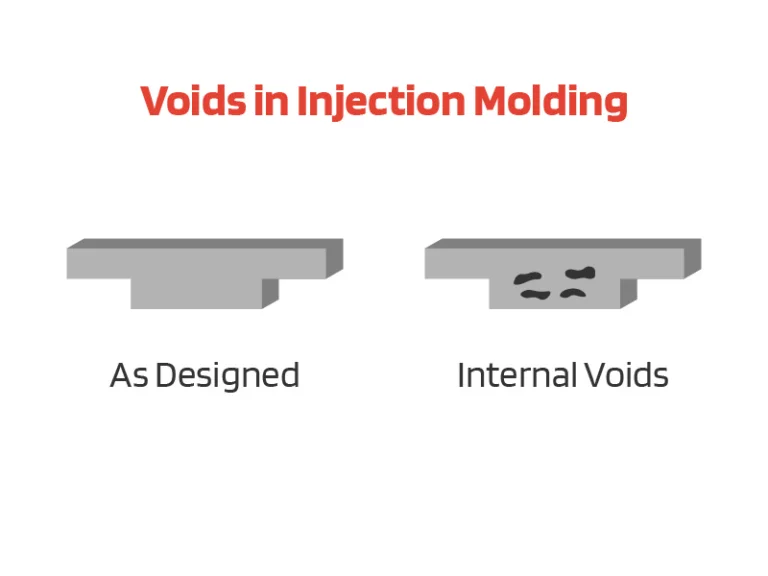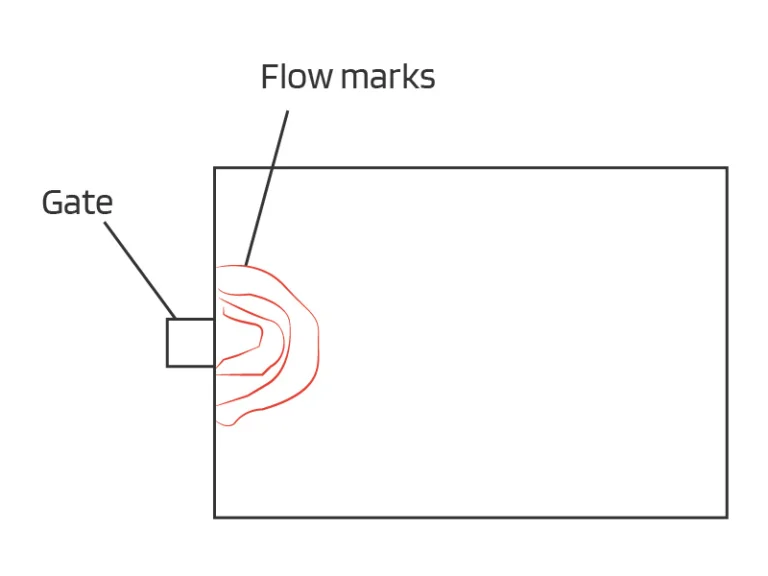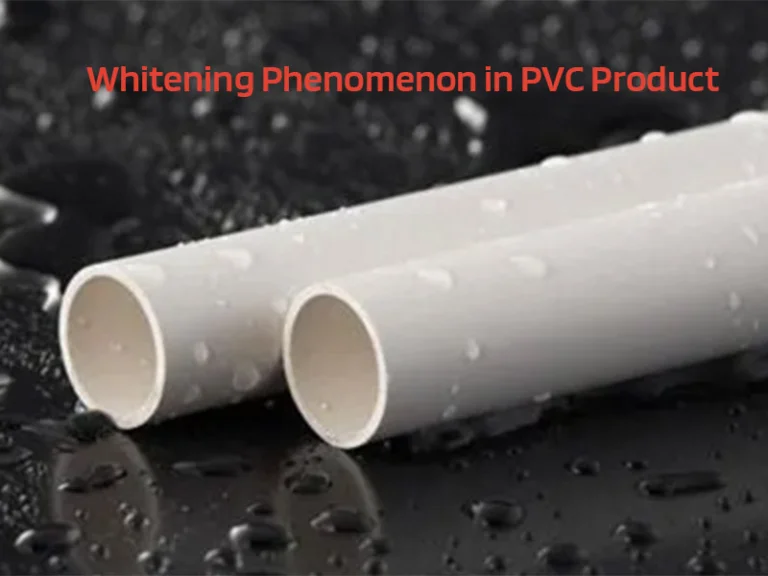In Europe and the United States, home appliance mold steel is developing towards carbon tool steel, low alloy tool steel, and high alloy tool steel. A series of new mold materials have come to birth. The alloying degree of mold steel is also increasing. For example, in the United States, the alloying elements of all 15 hot-working mold steel are more than 5%, in which 10 of them are greater than 10%, with the amount accounts for 80%.
Ⅰ. New types of hot-working home appliance mold steel developed in foreign countries
- Gigantic forging die steel with high hardenability, e.g. 40NiCrMoV7 with ISO standard, 40NCD16 with the French NF standard.
- High thermal strength mold steel, e.g. American H10A, and 5Mn15Ni5Cr8Mo2V2 steel of special steel company.
- High temperature hot-working mold steel, e.g. American T2M, T2C.
Ⅱ. To meet the special requirements of cold-working home appliance mold, new cold-working mold steel developed around the world include,
- Mold steel with high toughness and high wear resistance, e.g. Vasco Die (8Cr8Mo2Vsi) steel from American Vanadium Alloy Steel Company.
- Low-alloy air-quenched micro-deformed steel, e.g. American ASTM standard steel grades A14, A16.
- Powder metallurgy cold work mold steel, e.g. CPM10V in the United States, and 320CrVMo13.5 in Germany.
Ⅲ. The development trend of foreign new plastic home appliance mold steel
- Plastic mold steel with good cutting and polishing property, e.g. 412 and M-300 in the United States, YAG in Japan, EAB in the United Kingdom, and STAVAX-13 in Sweden.
- Pre-hardened plastic mold steel, e.g. P20, 445 in the United States, PDS in Japan, MOVTREX-A (2312) in Germany.
- Overall-hardened plastic mold steel, e.g. American A2, D3 and H13.
- Anti-corrosion plastic mold steel, e.g. 110Cr-Mo17 with IOS standard, 4Cr13 of Sweden’s ASSAB company.
Ⅳ. The development trend of surface treatment technology of home appliance mold
It is developing from infiltration of a single element to multi-element co-infiltration and composite infiltration, from general diffusion to CVD, PVD, PCVD, ion infiltration, ion implantation. The applicable coatings include TiC, TiN, TiCN, TiAlN, CrN, Cr7C3 , W2C. Meanwhile, the heat treatment method is developed from atmospheric heat treatment to vacuum one. Now, technologies such as laser shocking peening, glow ion nitriding and electroplating (brush plating) have received high attention.
To improve the competitiveness, foreign home appliance mold steel production incline to be concentrated that many companies have merged across borders. To create a netter competing environment, these companies have built comprehensive and advanced mold steel production lines as well as mold steel scientific research bases. Thereupon, several world-famous tool and mold production and scientific research centers come into being, echoing the rapidly developing home appliance mold industry.




